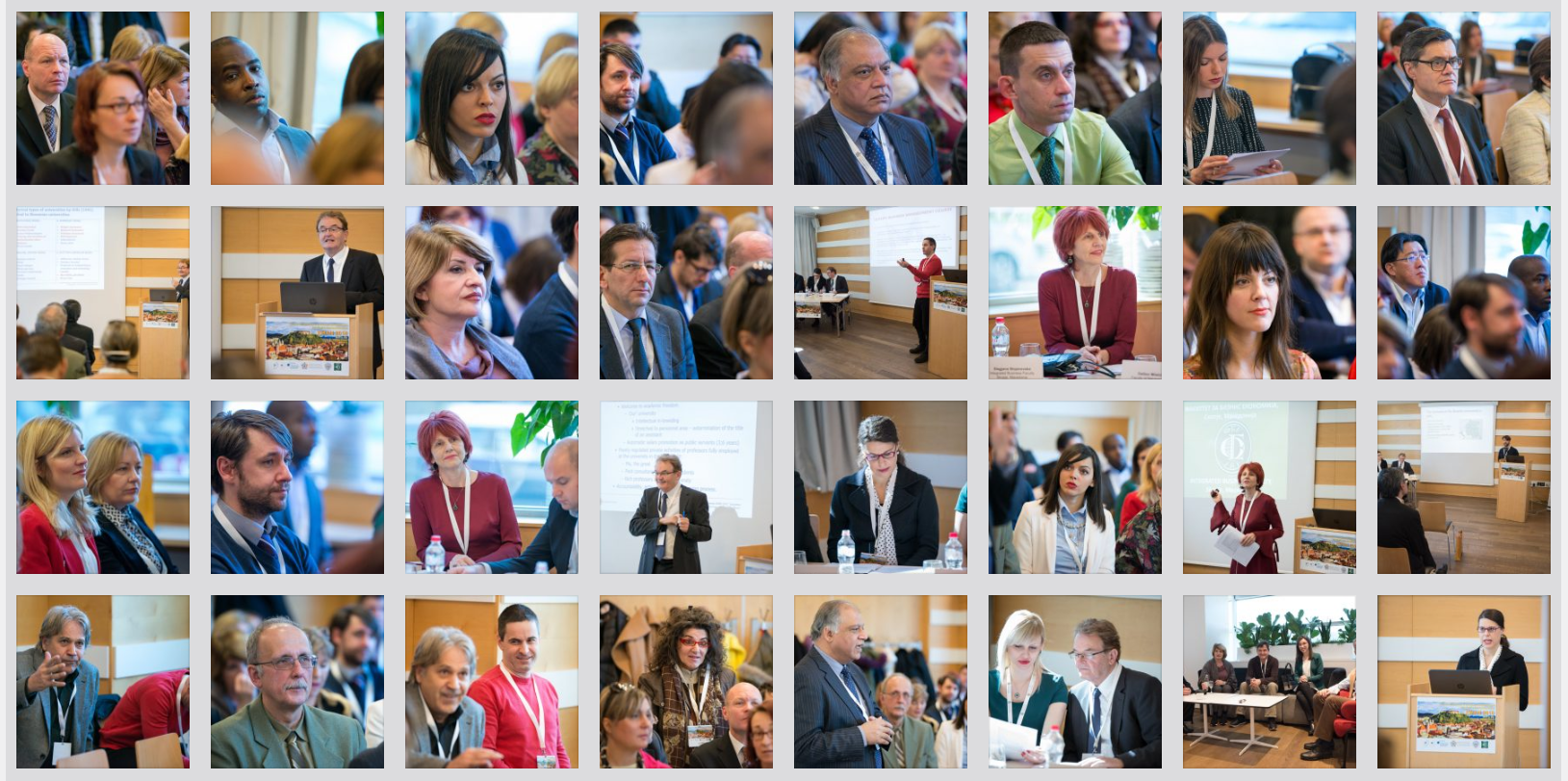Elena Hošková – Faculty of Economics and Management, Slovak University of Agriculture in Nitra, Tr. A. Hlinku č.2, 949 76 Nitra, Slovakia
Keywords:
Frequency of fruit and
vegetable intake;
Income quintile;
Similarity of preferences
Abstract: Many studies agree that the population’s income affects compliance with the principles of rational nutrition. The basis of rational nutrition is the consumption of fruits and vegetables. The paper aims to identify European countries in which inhabitants of the same income groups have similar preferences regarding the weekly frequency of fruit and vegetable consumption. EU-SILC data from 2019, from 30 European countries, available at Eurostat, were used for the analyses. The frequency of consumption of fruit and vegetables was selected at least once a day, from 1 to 3 per week, from 4 to 6 per week and never or occasionally. Descriptive analysis, factor analysis, principal component analysis method and cluster method of hierarchical clustering, Ward’s method, were used for the analyses.
The results of the descriptive analysis show that, on average, the most preferred frequency of consumption of fruits and vegetables is at least once a day in the monitored countries. It is most preferred by inhabitants of the fifth quintile (55.707% for fruit consumption, and 54.796% for vegetable consumption). The least preferred frequency of fruit and vegetable consumption is never or occasionally. It is the least preferred among the inhabitants of the fifth quintile (5.826% for fruit consumption, and 2.767% for vegetable consumption). Factor analysis identified 7 factors that affect the preferences of inhabitants regarding the consumption of fruits and vegetables in the monitored countries. These factors were the inputs to the cluster analysis, which divided the countries into 5 clusters. The largest cluster of countries was made up of the inhabitants of the Czech Republic, Denmark, Estonia, Greece, Austria, Poland, Slovakia, Finland, Sweden, Iceland, and Turkey, where up to 35% of the monitored countries were included.

Download full paper

7th International Scientific Conference – EMAN 2023 – Economics and Management: How to Cope With Disrupted Times, Ljubljana, Slovenia, March 23, 2023, SELECTED PAPERS, published by: Association of Economists and Managers of the Balkans, Belgrade, Serbia; ISBN 978-86-80194-70-7, ISSN 2683-4510, DOI: https://doi.org/10.31410/EMAN.S.P.2023
Creative Commons Non Commercial CC BY-NC: This article is distributed under the terms of the Creative Commons Attribution-Non-Commercial 4.0 License (https://creativecommons.org/licenses/by-nc/4.0/) which permits non-commercial use, reproduction and distribution of the work without further permission.
Bihan, H., Castetbon, K., Mejean, C., Peneau, S., Pelabon, L., Jellouli, F., Le Clesiau, H., & Hercberg, S. (2010). Sociodemographic Factors and Attitudes toward Food Affordability and Health Are Associated with Fruit and Vegetable Consumption in a Low-Income French Population. The Journal of Nutrition, 140(4), 823-830. https://doi.org/10.3945/jn.109.118273
Boelens, M., Raat, H., Wijtzes, A. I., Schouten, G. M., Windhorst, D. A., & Jansen, W. (2022). Associations of socioeconomic status indicators and migrant status with risk of a low vegetable and fruit consumption in children. SSM – Population Health, 17, 101039. https://doi.org/10.1016/j.ssmph.2022.101039
Do, M., Kattelmann, K., Boeckner, L., Greene, G., White, A., Hoerr, S., Horacek, T., Lohse, B., Phillips, B., & Nitzke, S. (2008). Low-income young adults report increased variety in fruit and vegetable intake after a stage-tailored intervention. Nutrition Research, 28(8), 517-522. https://doi.org/10.1016/j.nutres.2008.05.013
Durward, C. M., Savoie-Roskos, M., Atoloye, A., Isabella, P., Jewkes, M. D., Ralls, B., Riggs, K., & LeBlanc, H. (2019). Double Up Food Bucks Participation is Associated with Increased Fruit and Vegetable Consumption and Food Security Among Low-Income Adults. Journal of Nutrition Education and Behavior, 51(3), 342-347. https://doi.org/10.1016/j.jneb.2018.08.011
Grimm, K. A., Foltz, J. L., Blanck, H. M., & Scanlon, K. S. (2012). Household Income Disparities in Fruit and Vegetable Consumption by State and Territory: Results of the 2009 Behavioral Risk Factor Surveillance System. Journal of the Academy of Nutrition and Dietetics, 112(12), 2014-2021. https://doi.org/10.1016/j.jand.2012.08.030
Jung, S. E., Shin, Y. H., Kim, S., Hermann, J., & Bice, C. (2017). Identifying Underlying Beliefs About Fruit and Vegetable Consumption Among Low-Income Older Adults: An Elicitation Study Based on the Theory of Planned Behavior. Journal of Nutrition Education and Behavior, 49(9), 717-723.e1. https://doi.org/10.1016/j.jneb.2017.05.343
Lee, C.-j., & Pena-y-Lillo, M. (2022). A communication inequalities approach to disparities in fruit and vegetable consumption: Findings from a national survey with U.S. adults. Patient Education and Counseling, 105(2), 375-382. https://doi.org/10.1016/j.pec.2021.06.005
Longacre, M. R., Drake, K. M., Titus, L. J., Peterson, K. E., Beach, M. L., Langeloh, G., Hendricks, K., & Dalton, M. A. (2014). School food reduces household income disparities in adolescents’ frequency of fruit and vegetable intake. Preventive Medicine, 69, 202-207. https://doi.org/10.1016/j.ypmed.2014.10.008
Saxe-Custack, A., LaChance, J., Hanna-Attisha, M., Goldsworthy, M., & Ceja, T. (2021). Household Supplemental Nutrition Assistance Program Participation is Associated With Higher Fruit and Vegetable Consumption. Journal of Nutrition Education and Behavior, 53(12), 1060-1065. https://doi.org/10.1016/j.jneb.2021.06.017
Wells, N. M., Todd, L. E., Henderson, C. R., Jr., Myers, B. M., Barale, K., Gaolach, B., Ferenz, G., Aitken, M., Hendrix, L., Taylor, C., & Wilkins, J. L. (2023). The effects of school gardens on fruit and vegetable consumption at school: A randomized controlled trial with low-income elementary schools in four U.S. states. Preventive Medicine Reports, 31, 102053. https://doi.org/10.1016/j.pmedr.2022.102053

